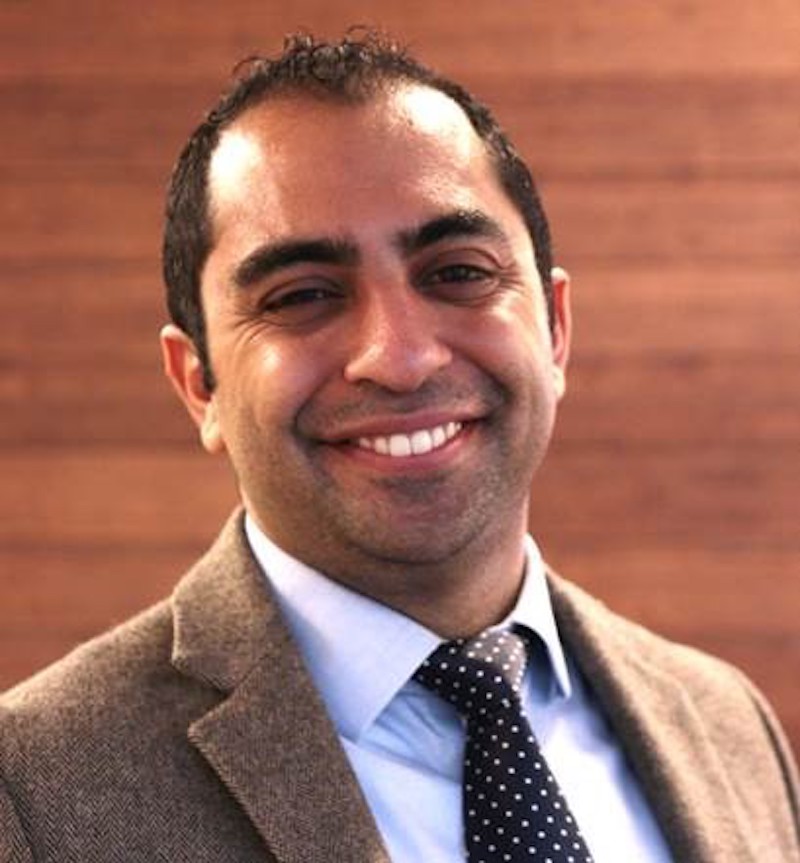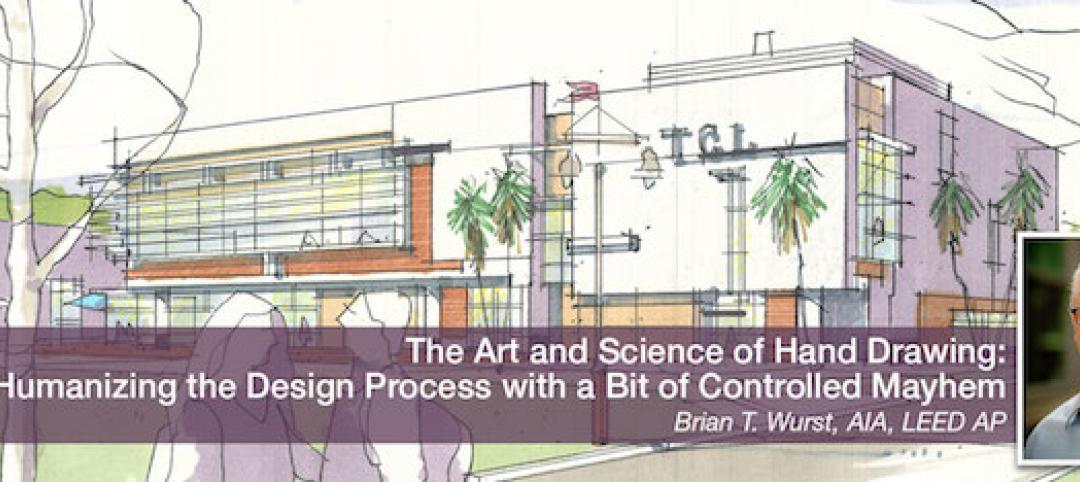HOK, the global design firm whose healthcare practice has planned and designed numerous healthcare facilities, has appointed Andrew M. Ibrahim, a medical doctor whose education included architectural training, as its chief medical officer.
Ibrahim, MD, MSc., is a resident surgeon at the University of Michigan, and serves on AIA’s Design and Health Leadership Group. While at Case Western Reserve University, where he received his undergraduate and medical degrees, Ibrahim took a year of coursework at London’s Bartlett School of Architecture.
He has also received training in healthcare delivery and policy as a Crile Fellow at Princeton University, a Doris Duke Fellow at Johns Hopkins Hospital, and as a Robert Wood Johnson Clinical Scholar at Michigan.
HOK claims to be one of the first AEC firms to hire a chief medical officer. (According to his LinkedIn page, Ibrahim has been HOK’s chief medical officer since February, although the company only released that news yesterday.) “In an era of hospital megamergers and value-based care, Dr. Ibrahim’s expertise in healthcare policy and clinical innovation will be instrumental in helping our teams guide clients through how vertical and horizontal integrations can positively affect patient care,” says Anthony Roesch, AIA, director of HOK’s global Healthcare Consulting group.
Ibrahim will use his expertise in surgery, architecture and clinical care delivery models to collaborate with HOK’s teams of medical planners, designers, and consultants.
“My experience has taught me that everything we build and design—schools, stadiums, airports, skyscrapers—has enormous potential to improve population health and wellness. As such, I deliberately collaborate across a breadth of academic and private sectors,” Ibrahim wrote on the website surgeryredesign.com. where he highlights his academic research and writing.
Related Stories
Architects | Dec 10, 2018
The art and science of drawing: Humanizing the design process with a bit of controlled mayhem
Hand drawing reveals a dimension beyond those available in a CAD drawing or digital rendering.
Architects | Dec 7, 2018
2019 AIA Gold Medal awarded to Lord Richard Rogers, Hon. FAIA
The Gold Medal honors an individual whose significant body of work has had a lasting influence on the theory and practice of architecture.
3D Printing | Dec 7, 2018
Additive manufacturing heads to the jobsite
Prototype mobile 3D printing shop aims to identify additive manufacturing applications for construction jobsites.
Architects | Dec 6, 2018
Payette honored with 2019 AIA Architecture Firm Award
The award recognizes a firm that has consistently produced distinguished architecture for at least 10 years.
Biophilic Design | Nov 19, 2018
Biophilic design: What is it? Why it matters? And how do we use it?
As we continue to move toward the city and spend more time indoors, our day-to-day interaction with quality nature is shrinking. One contemporary concept to reverse this effect is biophilic design, a strategic approach to tap into—and harness—nature in the built environment.
Architects | Nov 6, 2018
Kohn Pedersen Fox opens three new offices
Following exciting current work, new commissions, and upcoming opportunities, global architecture firm embraces the future with new outposts.
Architects | Oct 2, 2018
Gensler, in latest report, highlights where resilient design could make the greatest impact on the built environment
The firm showcases its own recent projects as demonstrations for what can work in six areas.
Architects | Sep 24, 2018
Assembly (and rigorous planning) required: Managing the pros and cons of modular construction
While offering efficiency and flexibility, modular construction requires extensive planning and collaboration to avoid potential challenges.
Architects | Sep 19, 2018
Back it up: Parking lot trends
There are two shifts that we are seeing in parking lot planning and design – and these shifts are rooted in parking’s place at the intersection of environment, transportation, and market behavior.
Architects | Sep 14, 2018
We’ve entered the golden age of brain science. What does it mean for AEC firms?
New research from the SMPS Foundation explores the known principles and most recent research surrounding the human brain and behavioral science. The goal: to discover connections between the science and the AEC business.















